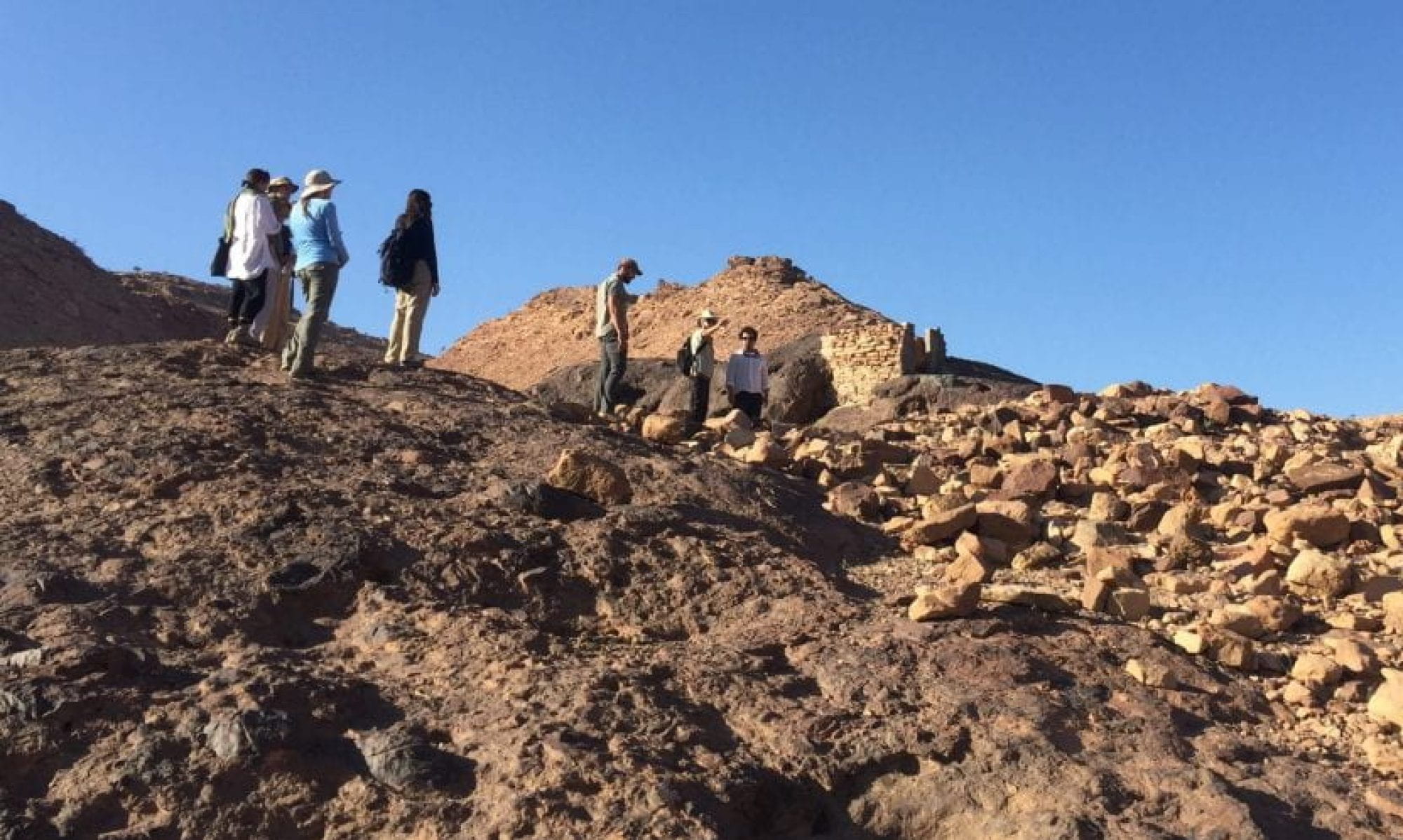Getting Started:
Getting Going:
- Environmental Health and Safety:
Before using many of the laboratory facilities at Brown, it is required to first attend certain safety training courses, in particular:- Laboratory Safety Training
- Hazardous Waste Training
- X-Ray Safety Training
For more information, to see a schedule of when such training courses are offered, and to sign up for training, go to the EHS website.
- Sampling Procedures:There has been a great deal of discussion about the ethics of archaeological science in terms of sampling procedures. In particular, destructive analysis has come under fire primarily by museum curators and art historians who view archaeological artifacts as being valuable for their integrity rather than mere mines of information. Most of the materials we are examining are not the sort to be on display in museums: rusty nails, waste products from smelting and refining, undecorated fragments of weathered glass, etc. However, these materials must still be handled in a respectful manner and sampled responsibly. Good archaeological practice is observed in all our research projects; specifically, we want to ensure that a portion of all the materials sampled for scientific analysis remain preserved in our collection. Guidelines for proper handling and sampling procedures are included below, to ensure the conservation of the artifacts and safety of the investigators.
Preparing Mounts for SEM Imaging or SEM-EDS Analysis
Health and Safety Notes for Sample Preparation
Always be aware of the hazards involved in using certain equipment and chemicals. Protect yourself with goggles, lab coats, and latex gloves when appropriate or when you are unsure about the nature of a procedure or material; always ask your lab supervisor to show you how to do/use anything that is unfamiliar to you. - Reference Guides to analytical techniques and equipment:
Because the equipment we are using requires training and lots of practice (and patience), it seems expedient to provide a step-by-step outline or guide for each of the analytical method we are using:- Optical Microscopy instructions
- Scanning Electron Microscopy (SEM) instructions for imaging
- SEM coupled to an Electron Dispersive Spectrometer (SEM-EDS) instructions for analyzing
- X-Ray Fluorescence Spectrometry (XRF) instructions
- X-Ray Diffraction (XRD) instructions and sample info
- Fiber Optic Spectrometry (FOS) instructions
- Petrographic analysis and thin-sectioning
We will also include suggestions for how archaeologists can actually USE the sort of data produced by these techniques (i.e. tips for interpreting the results of chemical or physical analysis).

